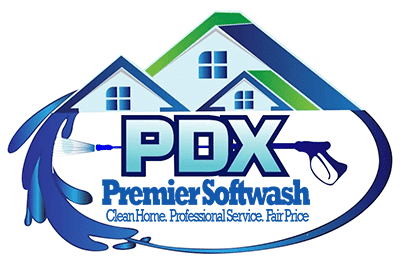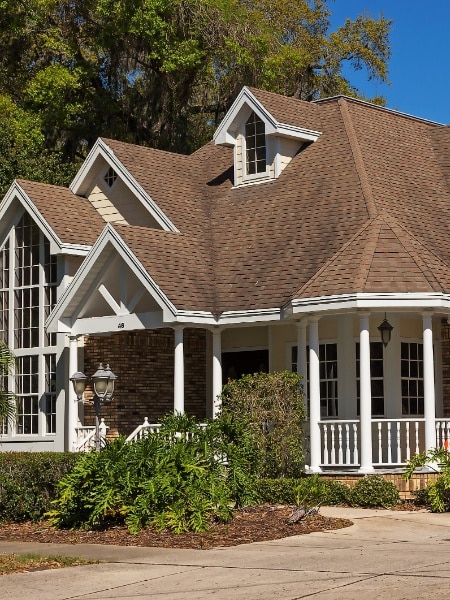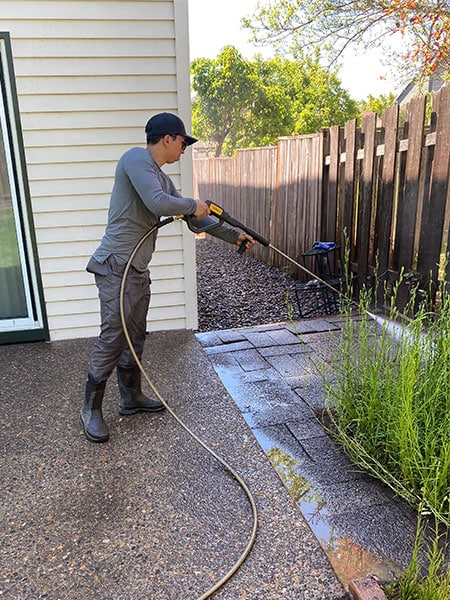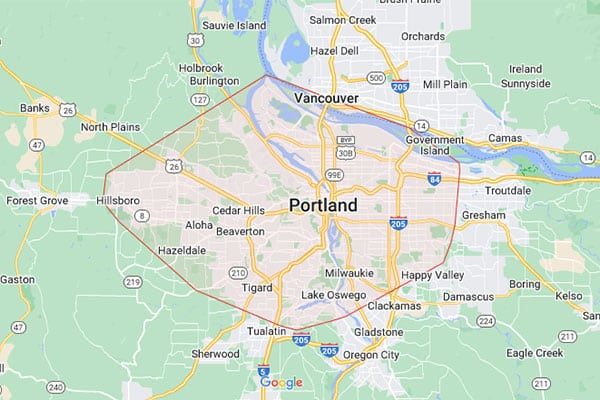Maintaining a clean roof not only enhances the curb appeal of your home but also extends the life of your roofing materials. However, roof cleaning is not a one-size-fits-all job and often involves several distinct steps, each requiring professional expertise. In this blog post, we’ll break down the different steps of roof cleaning, from initial debris removal to the final soft wash treatment, highlighting that these steps are separate services that contribute to the overall health and longevity of your roof.
1. Roof Inspection
Service Overview: The first step in any professional roof cleaning process is a thorough inspection. This crucial assessment helps identify issues such as moss growth, staining, and accumulation of debris, as well as potential structural concerns like missing shingles or vulnerabilities in the roofing material.
Why It’s Important: A detailed inspection allows roofing professionals to tailor their cleaning methods to the specific conditions of your roof, ensuring safety and effectiveness.
2. Gutter Cleaning
Service Overview: Before addressing the roof itself, it’s essential to clean the gutters. Clogged gutters can lead to water overflow and damage both your roof and the foundation of your home.
Why It’s Important: Cleaning the gutters ensures that water can flow freely away from the roof and foundation, preventing water damage and reducing the likelihood of leaks.
3. Roof Cleaning and Debris Removal
Service Overview: The next step involves removing debris such as leaves, twigs, and any other foreign objects that have accumulated on the roof. This process might involve manual removal or using tools to carefully clear the roof without damaging the shingles.
Why It’s Important: Debris can trap moisture against the roof surface, leading to rot and mold. Clearing the debris helps to prevent these issues and prepares the roof for more detailed cleaning.
4. Moss Removal
Service Overview: If moss has been spotted during the inspection, it must be addressed separately before a general cleaning. Moss removal often involves applying moss-killing agents that need to settle and act before the moss can be gently removed without damaging the roof.
Why It’s Important: Moss can severely damage the structural integrity of the roof by lifting shingles and retaining moisture, so it must be thoroughly eradicated.
5. Soft Wash Treatment
Service Overview: Finally, the roof can undergo a soft wash treatment. This method uses low-pressure washing combined with cleaning solutions designed to kill any remaining biological growths such as algae, mold, or lichen, ensuring that the roof is not only clean but also free from organisms that can cause damage over time.
Why It’s Important: Soft washing extends the life of your roof by eliminating harmful biological materials without the risk of damage associated with high-pressure washing systems.
Conclusion
Roof cleaning is a complex process that involves several distinct steps, each of which may be considered a separate service offered by cleaning professionals. By understanding each stage—from initial inspection and debris removal to final soft wash treatment—homeowners can make informed decisions about the care and maintenance of their roof. It’s crucial to engage professional services that recognize the importance of each step and carry them out with the expertise required to keep your roof in optimal condition. Remember, regular maintenance not only improves the appearance of your roof but also contributes significantly to the overall health of your home.











